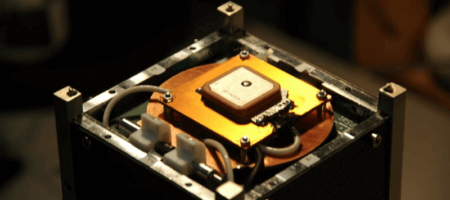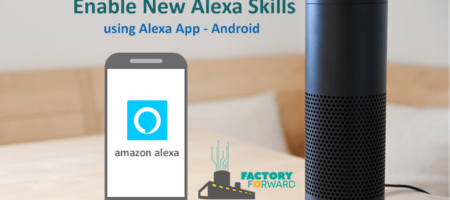Raspberry Pi TV HAT | Watch TV Channels on your Pi
Raspberry Pi has introduced its TV HAT (Hardware Attached on Top) in Europe. The compliance work is going on and soon it will be released in the rest of the world.
This Pi TV HAT can receive TV signals as well as broadcast signals to other devices on its network. So you can use your Raspberry Pi as a server or you can also view TV Channels. For viewing TV Channels it needs more processing power. So a Pi 2/Pi 3 or later is recommended for this. But for using it as a server Pi Zero is also enough. ‘
This HAT is almost same form factor as Pi Zero and can be easily attached with all 40-Pin Header Raspberry Pi Boards. This provision is to easily access the camera and display connectors. The Pi TV HAT comes with a set of mechanical spacers, a 40-way header, and an aerial adaptor.
The new Pi TV HAT receives DVB-T and DVB-T2 television broadcasts. DVB is a widely adopted standard for transmitting broadcast television. You can see the countries adopted this standard here. We can expect it in India soon, once it’s licensing work is done.

Specifications:
- Sony CXD2880 TV tuner
- Supported TV standards: DVB-T2, DVB-T
- Reception frequency: VHF III, UHF IV, UHF V
- Channel bandwidth: DVB-T2: 1.7MHz, 5MHz, 6MHz, 7MHz, 8MHz and DVB-T: 5MHz, 6MHz, 7MHz, 8MHz.
- View TV Channels as well as Broadcast.
- Operating Temperature – 0 to 50 degree Celsius.

The Raspberry Pi also announced new form factor for it’s HAT’s and it matches to Pi Zero’s outline. All the electrical parameters are the same, only the change in mechanical design. This form factor allows the HAT should be compatible with all of it’s Raspberry Pi Boards.













Leave a Reply
You must be logged in to post a comment.